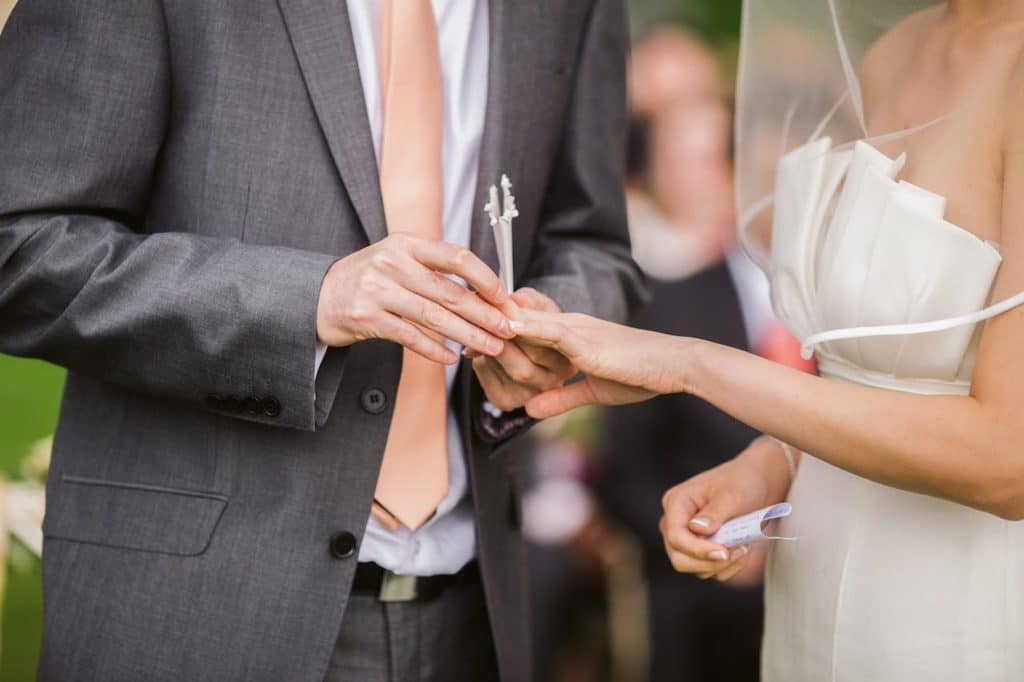Non-verbal cues are delicate indicators that deliver volumes of information beyond the spoken word. Understanding them is a significant part of human communication providing insights into a speaker’s emotions, thoughts, and intentions that they may not verbally express. This article will embark on a journey to unravel the world of non-verbal communication, focusing on a fascinating element – a guy playing with his wedding ring whilst engaging in a conversation with you.
Understanding Common Non-Verbal Behavior
Comprehending non-verbal communication is fundamental to understanding human interaction, and this holds especially true when observing someone like a non-verbal man playing with his wedding ring during a conversation. To unpack such a gesture, one must be versed in the vast vocabulary of non-verbal cues. These cues include a wide array of physical expressions such as gestures, body language, the subtleties of touch, the nuances of eye contact, the complexity of facial expressions, and the stance or posture one adopts. These forms of communication can provide critical insight into a person’s unspoken feelings, concealed intentions, or thoughts that remain unsaid, often revealing more than words ever could.
Moreover, non-verbal communication extends beyond facial expressions and gestures; it includes the manipulation of objects, such as fidgeting with personal items, which can also be highly revealing. In the dynamic of human interactions, recognizing and decoding these silent messages is key to a deeper understanding of interpersonal communication. It allows for the detection of emotions and thoughts that are not directly articulated, offering a more holistic understanding of the individual’s state of mind.

Importance of Jewelry as Non-Verbal Communication
Jewelry, which many might dismiss as merely decorative or a fashion statement, can also be a potent instrument of non-verbal expression. Rings, in particular, are laden with symbolism and meaning, transcending their material value. They can signify various aspects of a person’s life, such as marital status, personal commitments, promises made, or even social status.
A wedding ring, specifically, is a universally recognized emblem of marriage and the commitments that come with it. This piece of jewelry, when manipulated during a conversation, can send signals that might be crucial to understanding the individual’s non-verbal communication.
Identifying Key Signs: Guy Playing with Wedding Ring
When observing a man who is engaged in the act of playing with his wedding ring while in conversation, one is presented with a behavior that could be open to multiple interpretations. This action might suggest a range of emotional states – it could betray a sense of nervousness, a playful flirtatious intent, a feeling of discomfort, or it might simply be a habitual gesture with no particular significance.
The true meaning behind this action can only be discerned when considered within the broader context of the individual’s behavior and the situational context of the conversation.
Non-Verbal Communication in Men
Making sense of a man’s non-verbal cues requires an understanding of the typical non-verbal behaviors exhibited by men. Social norms and biological factors have often led to the portrayal of men as less emotionally expressive than women. Men’s non-verbal communication is frequently characterized by gestures and body language that can denote a range of states from interest and nervousness to assertiveness and unease. To glean the true meaning behind these cues, it is imperative to consider them alongside the spoken dialogue. Incongruence between what is said and what is expressed non-verbally can often be a window into unexpressed feelings or concealed thoughts.

How to React to Non-Verbal Cues
The correct interpretation of non-verbal signals is an art that demands acute observation, understanding, and a degree of empathy. Caution should be exercised to avoid making hasty conclusions from a single gesture or expression. A comprehensive evaluation should be undertaken, considering the congruence of non-verbal cues over time and in different scenarios, and how they align with verbal communication.
Once a thoughtful interpretation has been made, an appropriate response to these non-verbal signals can be crafted. This may involve employing similar non-verbal behaviors to establish rapport and foster connection, or it might necessitate altering the direction of the conversation to mitigate any apparent discomfort. The response should be as nuanced as the cue, aiming to enhance communication and understanding within the interaction.
Conclusion
In conclusion, non-verbal cues are significant in understanding underlying emotions, intentions, or thoughts. A man playing with his wedding ring during a conversation can spell many narratives. It is essential to comprehend these signals in their entirety, considering the overall body language, verbal words, and the context of the interaction. Recognizing and correctly interpreting these non-verbal nuances can enhance communication, building stronger, empathetic, and more authentic connections.


















